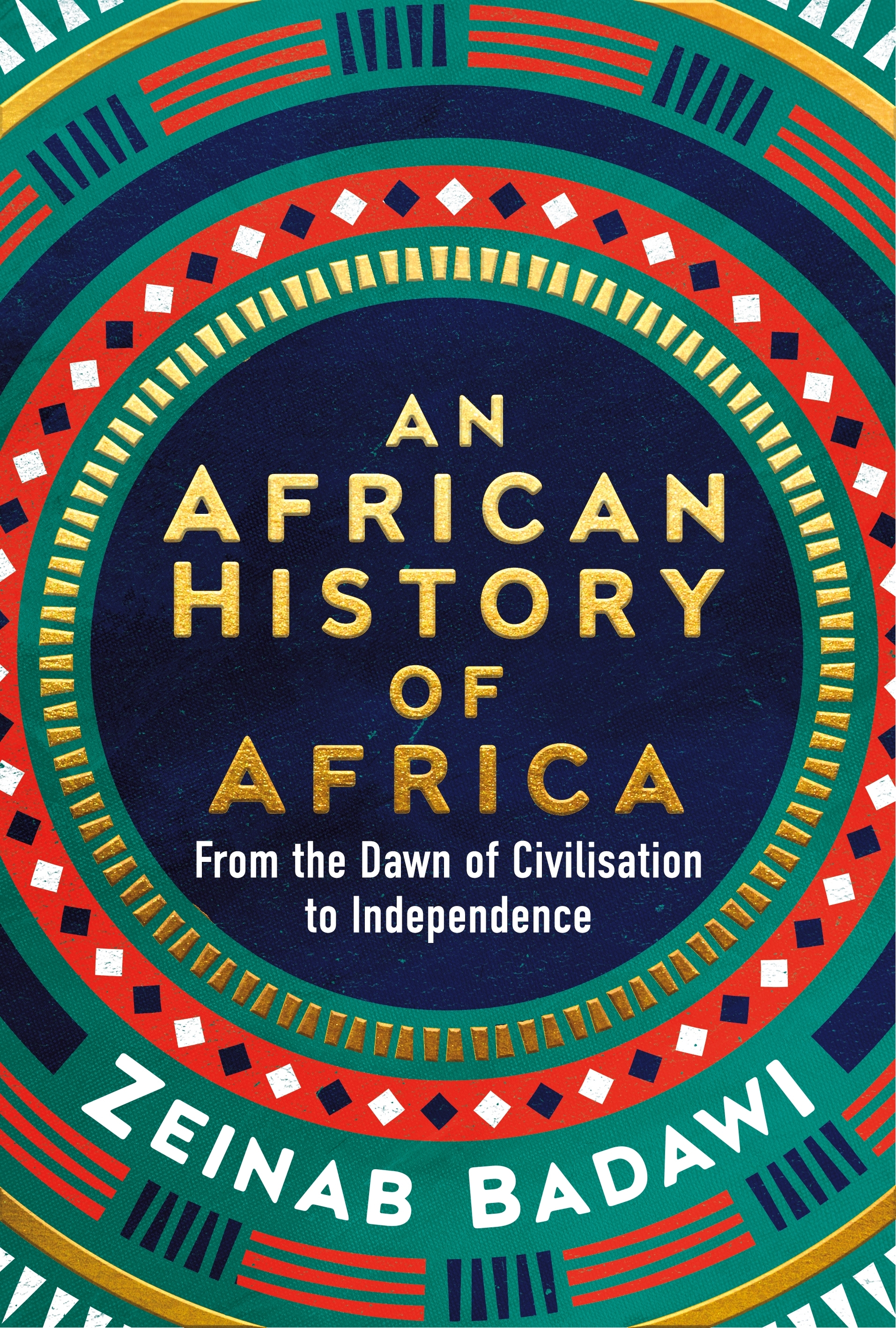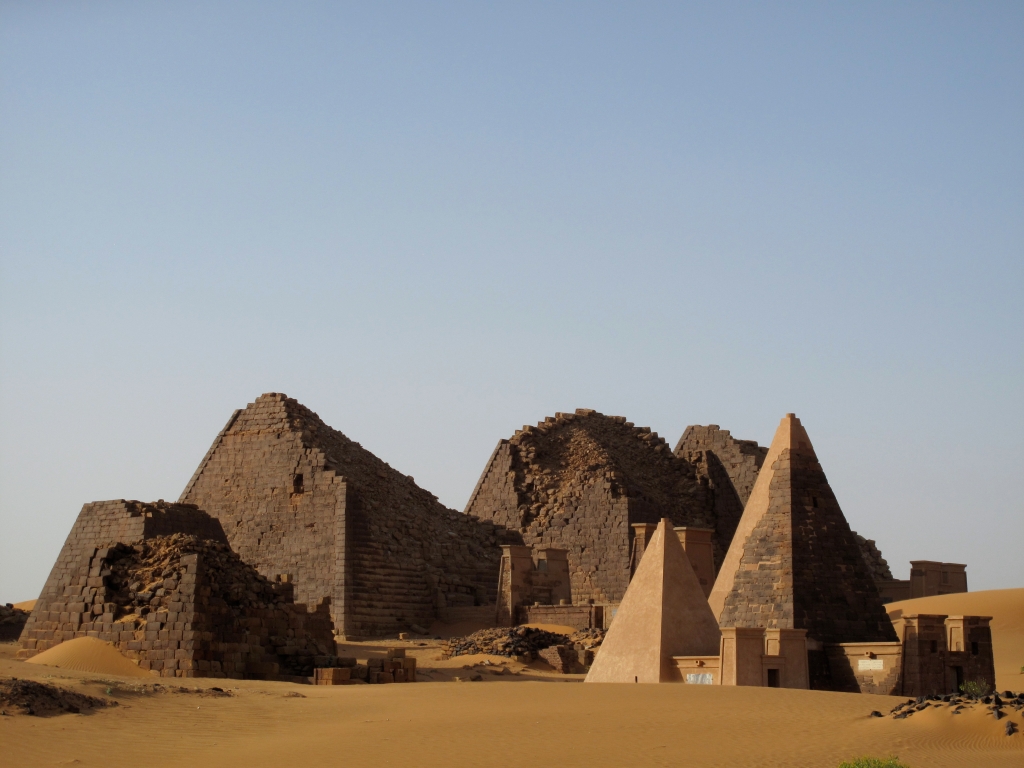
I’ve been reading An African History of Africa by Zeinab Badawi. It is by turns a fascinating but also rather dry history book, throwing up a lot of new-to-me names, kingdoms and sources. Naturally I’ve been googling as I go. This post is a place for me to keep track of my research.
If you are interested, by all means, read on. Otherwise wait for my book review post in a couple of weeks time.
- General History of Africa (GHA) – The GHA is a UNESCO project which began in 1964 and now consists of 11 volumes.
- Its aim involves “reconstructing Africa’s history, freeing it from racial prejudices ensuing from slave trade and colonization, and promoting an African perspective.”
- You can read the work online, but Book X alone is over 1000 pages long (the abridged edition of Book V is just over 500, either way, reading all the volumes is a huge committment).
- Volume I Methodology and African Prehistory (Editor J. Ki-Zerbo)
- Volume II Ancient Civilizations of Africa (Editor G. Mokhtar)
- Volume III Africa from the Seventh to the Eleventh Century (Editor M. El Fasi)(Assistant Editor I. Hrbek)
- Volume IV Africa from the Twelfth to the Sixteenth Century (Editor D. T. Niane)
- Volume V Africa from the Sixteenth to the Eighteenth Century (Editor B. A. Ogot)
- Volume VI Africa in the Nineteenth Century until the 1880s (Editor J. F. A. Ajayi)
- Volume VII Africa under Colonial Domination, 1880-1935 (Editor A. A. Boahen)
- Volume VIII Africa since 1935 (Editor A. A. Mazrui)(Assistant Editor C. Wondji)
- Volume IX General History of Africa: Revisited (Editor Augustin F. C. Holl)
- Volume X Africa and Its Diasporas (Editor Vanicléia Silva Santos)
- Volume XI Global Africa Today (Editor Hilary Beckles)
- Toumaï fossil – quite a while ago, I went through a paleontology phase. One of the most memorables reads from that time was a thoroughly absorbing biography about the Leakey family and their work, Ancestral Passions by Virginia Morell. Since then though, I have not kept up with any new discoveries.
- TheToumaï skull (Sahelanthropus tchadensis) was discovered in the Djurab Desert of northern Chad July 2001.
- It dates back to the time period referred to as the chimpanzee-human last common ancestor (CHLCA) about 7 million years ago. It may have been an ancestor of both, although current studies are leaning more towards it being and early member of the Gorillini tribe rather than the Hominini.
- The Kingdom of Kush was an ancient kingdom in the Nile Valley in the area that is now part of northern Sudan and southern Egypt between c.800 BC – c.350 AD. Their original capital was Napata, but by 300 BC the capital city had been moved further south to Meroë into an area known as the middle Nile.
- Meroitic hieroglyphics – currently unable to de deciphered as there are virtually no bilingual texts. “Meroitic Cursive, which was written with a stylus and was used for general record-keeping and Meroitic Hieroglyphic, which was carved in stone or used for royal or religious documents.” (wikipedia)
- The archaeological site of Meroë contains over 200 pyramids.

- Kingdom of Aksum – 1st century – 960 AD – included the areas of northern Ethiopia and Eritrea, Djibouti and Sudan and at its height also much of South Arabia. They created their own alphabet known as the Geʽez script.
- Aksum is one of the many sites claiming to house the original Ark of the Covenant in the Chapel of the Tablet at the Church of Our Lady Mary of Zion. According to the Kebra Nagast, an Ethiopian historic text written in the 14th century, the Ark came to Aksum via Menelik I, who was the son of the Queen of Sheba, also known as Makeda, and King Solomon.
- Lalibela rock churches – 11 rock-hewn churches built in Lalibela, Ethiopia by King Gebre Meskel Lalibela (ca. 1181–1221 AD) of the Zagwe dynasty.

Wow!
I have to confess, I like reading novels that rewrite the history of Africa, (what I categorise as ‘Hidden History’ on my blog) but so much NF is a bit discouraging.
LikeLiked by 1 person
Indeed, there were moments I wasn’t sure I could continue. I prefer my history a bit more gossipy (à la Herodotus)! A roll call of kings and queens and battles has its place, but it does not make for a gripping reading experience.
LikeLike
Amen to that.
Whereas, for instance, if you read The Shadow King by Maaza Mengiste, while you’re enjoying reading the human story of a conflict, you learn a lot about Ethiopian history, and about the role played by women in the Ethiopian war against Mussolini’s Italy in 1935.
Mind you, for a general overview, I do like Black Inc’s Shortest History series. I’ve read Linda Jaivin’s one on China (2021), and I have India and the Soviet Union on the TBR, and I hope they’ll have one of Africa before long. (And that Perth-based Sisonke Msimang writes it because she is a brilliant writer.)
LikeLiked by 2 people
I enjoy the shortest history series too. The Soviet Union one was great.
LikeLiked by 1 person
What was your impetus for picking up this book? It sounds rather academic???
LikeLiked by 1 person
It was not at all academic – I believe the author is an UK journalist, TV presenter who did a BBC doco on the same topic. Her writing style swings between personal observation to dry history.
I picked it up because I am woefully aware that my knowledge of Africa only goes as far as ancient Egypt and a little bit of recent South African & Rwandan history. Bill’s reading Africa project was also in my thoughts.
LikeLike
Well done, Brona. The thing about Africa is that it’s not one country so reading a history of it, while I can certainly see it has value, sounds overwhelming for me to take in and then retain. I do like reading good history but mostly in more focused bites. Or, like Lisa, through good historical fiction.
I have bought so many whole histories related to my travels over the years but they have tended to stay on my TBR (and most were downsized out last year!). All this is to say that I think I’ll wait for your nice, succinct review.
LikeLiked by 1 person
Ha ha thanks – now I just have to make time to write it (I seem to have even less time now than when I was working full time 🤷🏼♀️)
One of the things I learnt/appreciated from reading this is how artificial the national boundaries in Africa are, in that they are colonial divisions made in the recent past taking no account of local groups or tribes. Almost every chapter, when talking about the various historic kingdoms, referred to the fact that its (former) area was in the northern part of one country plus the southern part of another with a little bit of eastern so-and-so as well. Very confusing.
LikeLike
I’m sort of glad you are finding what I’ve found re time for reading and writing. I don’t understand it bit it’s so!
And oh yes re borders. Many of Africa’s borders, not to mention country names, have changed significantly since my childhood stamp-collecting days. The story Borders which I reviewed recently is about this issue too of borders passing through country owned by a people/ culture.
LikeLike
Ha – I noted her mention of the GHA then looked it up then thought arghh… I am definitely going to keep the book for reference and I appreciate your images here. I’d seen some things on Afua Hirsch’s country programmes on the TV, but not all. It was a bit chewy sometimes but I think a good general guide and the first one that’s not the GHA so not 1,000 pages!
LikeLike
I was going to say what you said to WG – that many national boundaries in Africa are just old colonial boundaries, so a history of Africa makes sense because it can ignore those boundaries. That said, I haven’t found that my Africa reading this year refers further back than to colonial history anyway. Also, I’ve tried reading the history of western ‘civilization’ back 3 or 4 millennia, but after a while my eyes glaze over and … zzzzzzzzz.
LikeLike